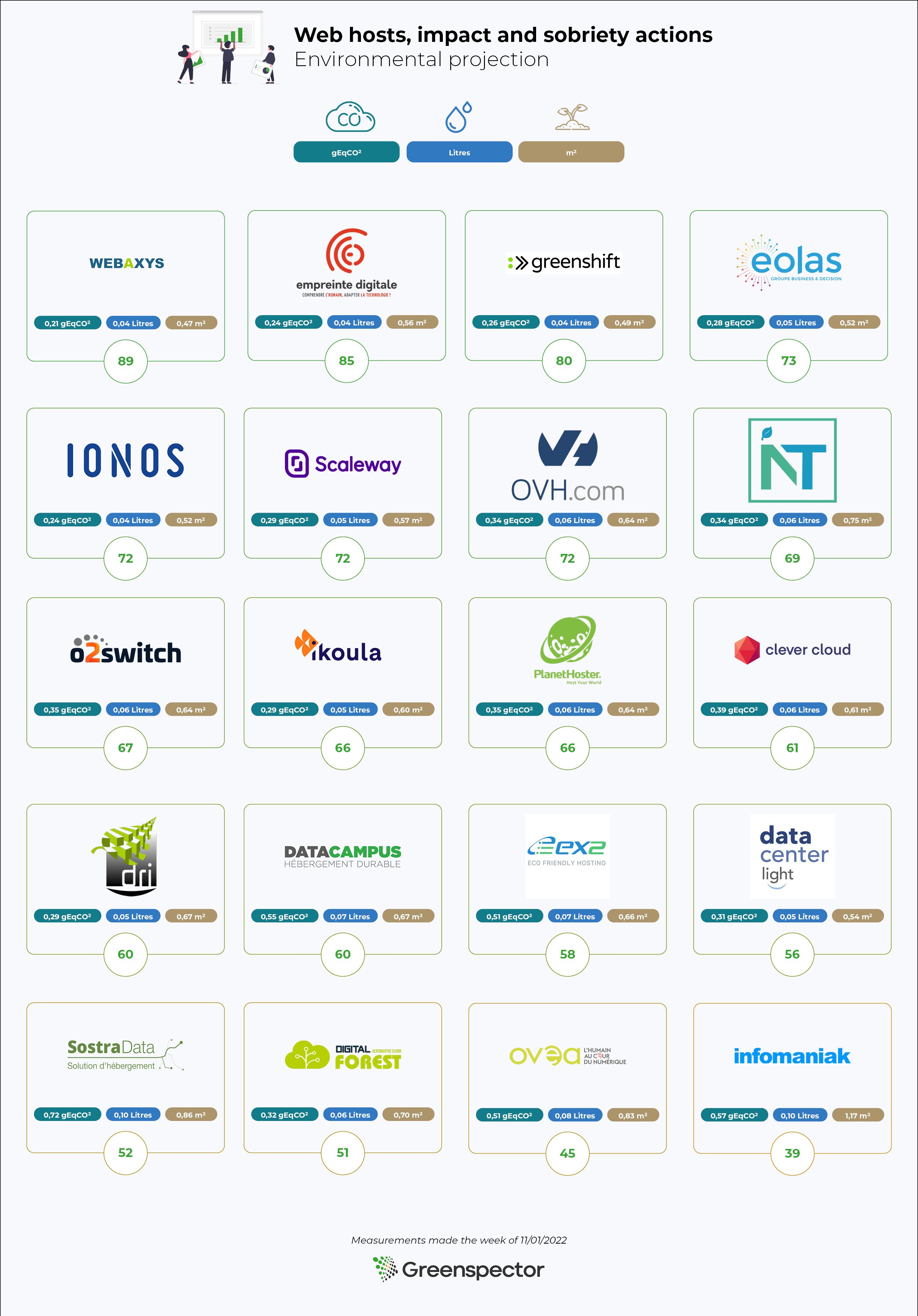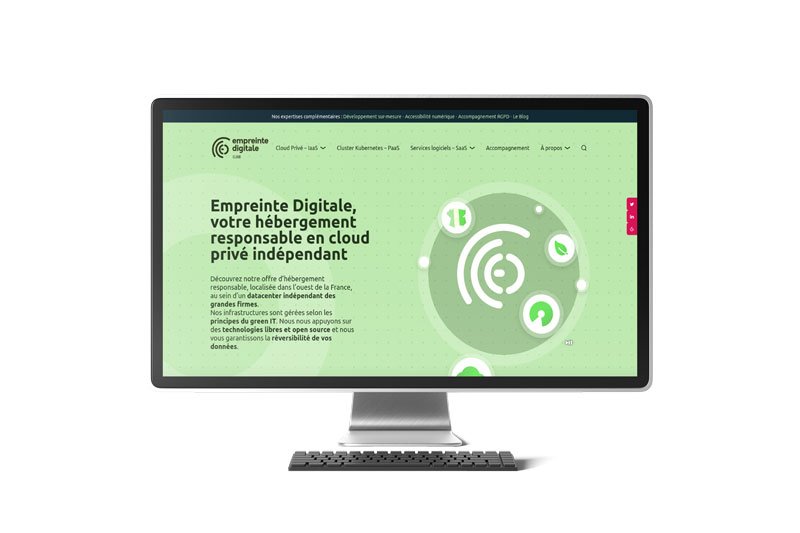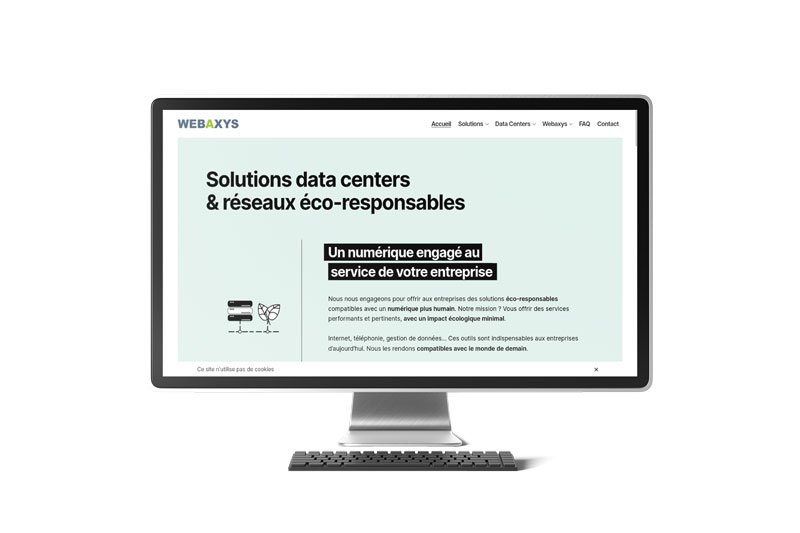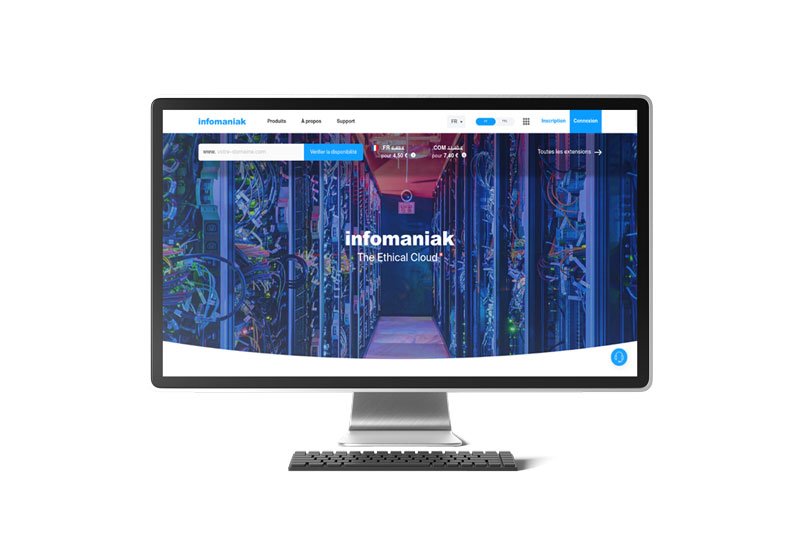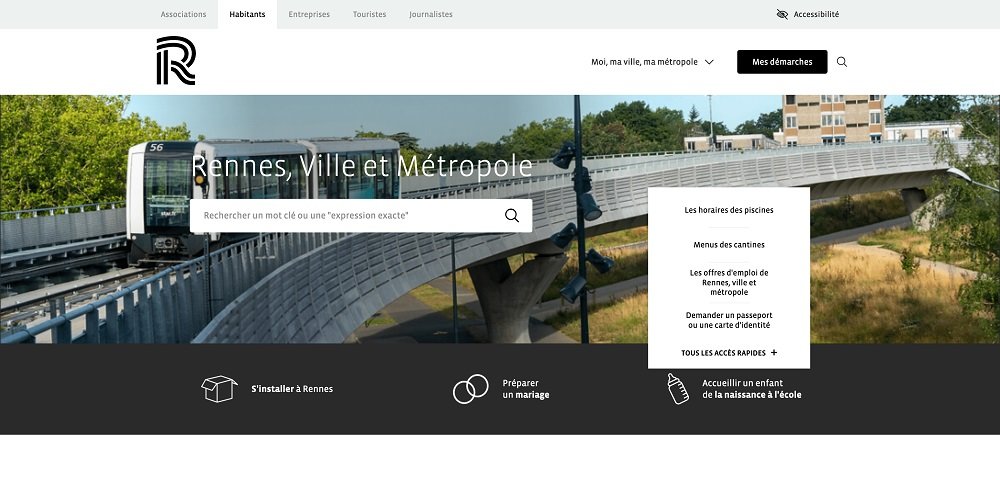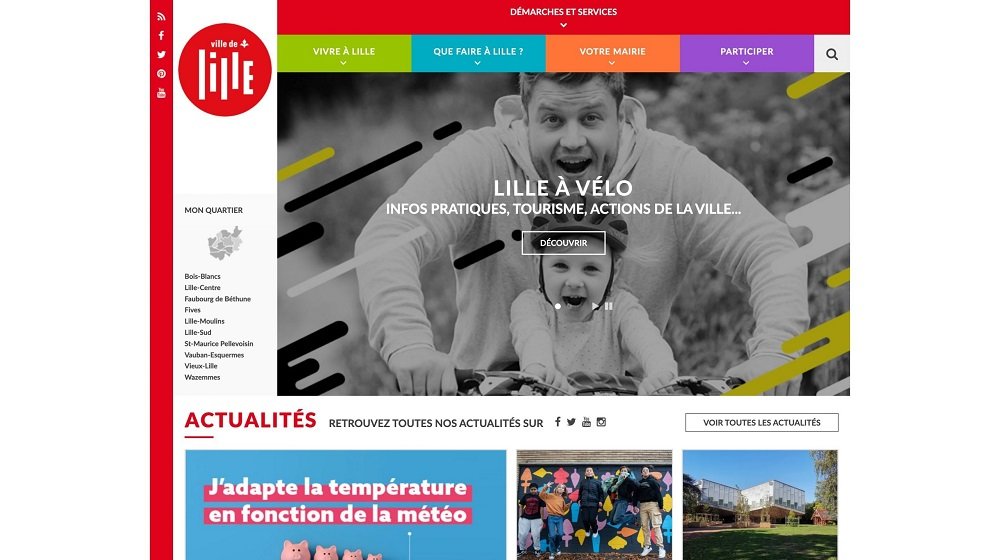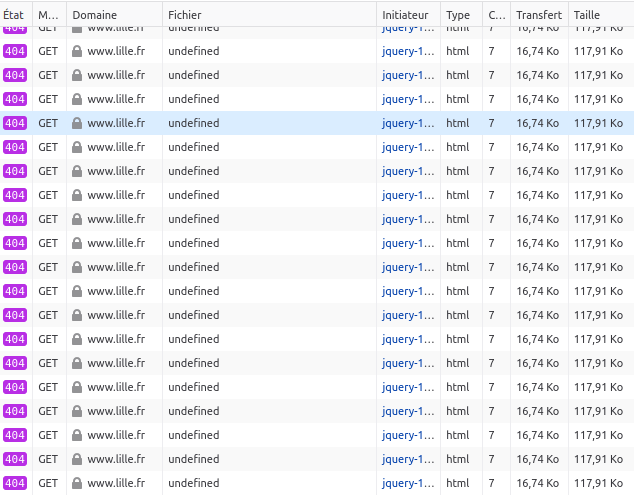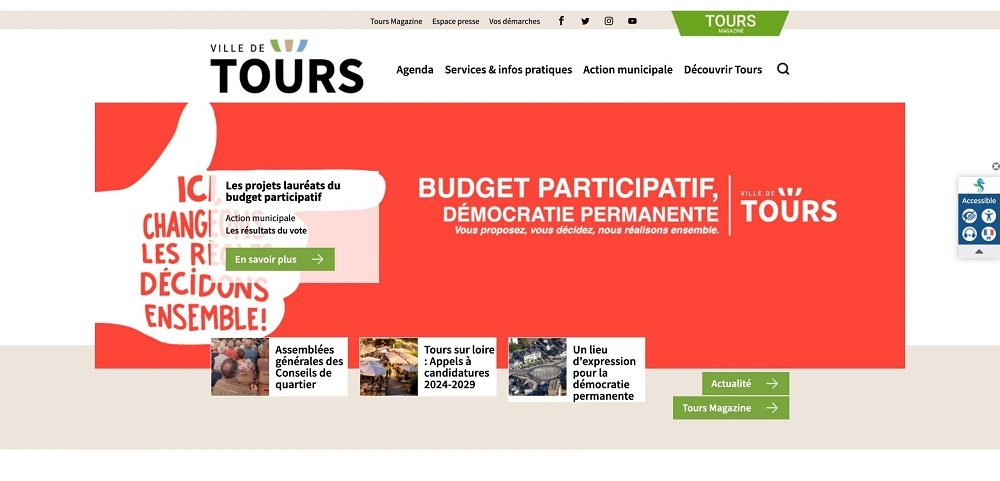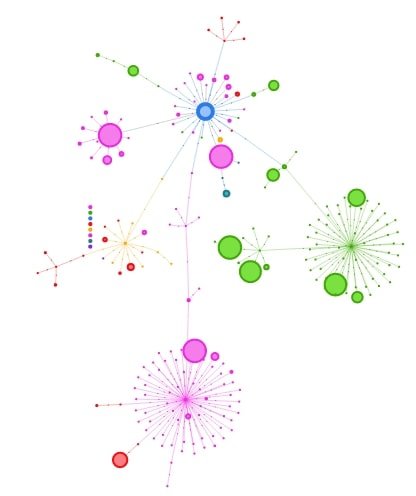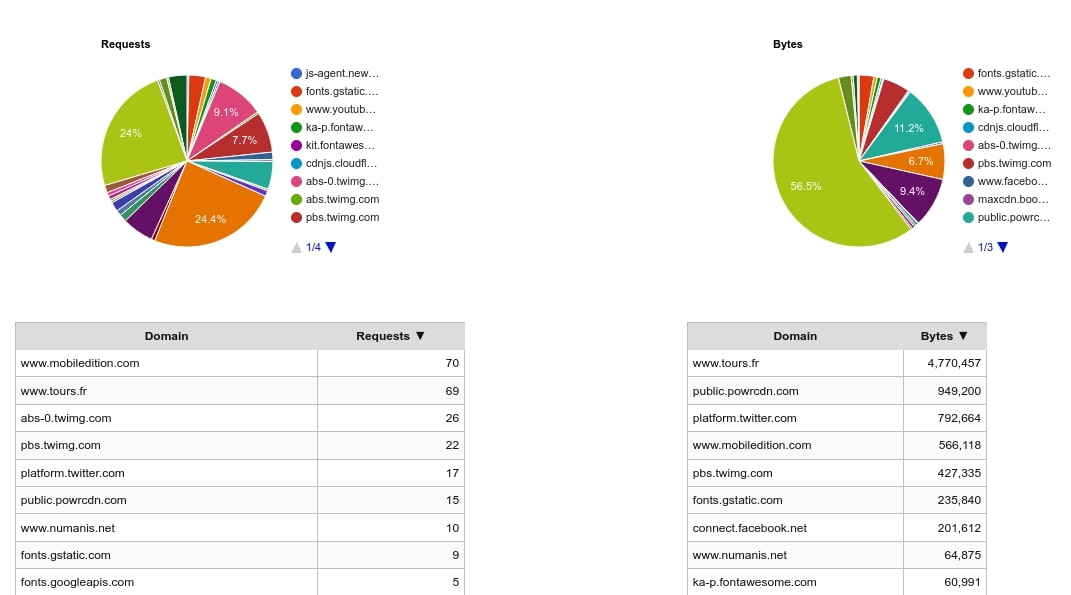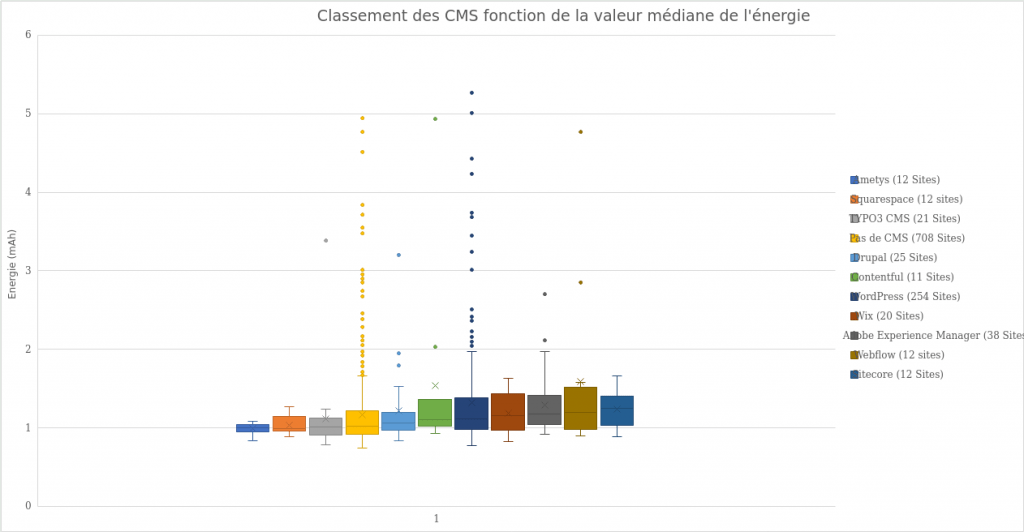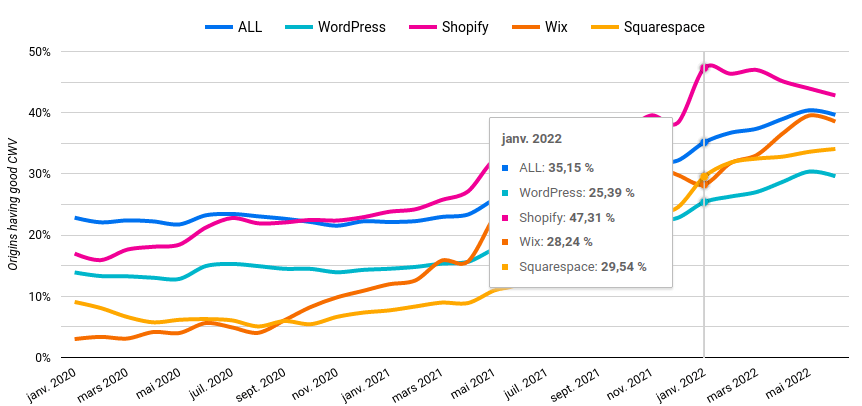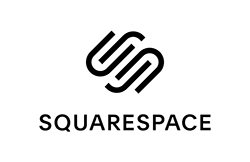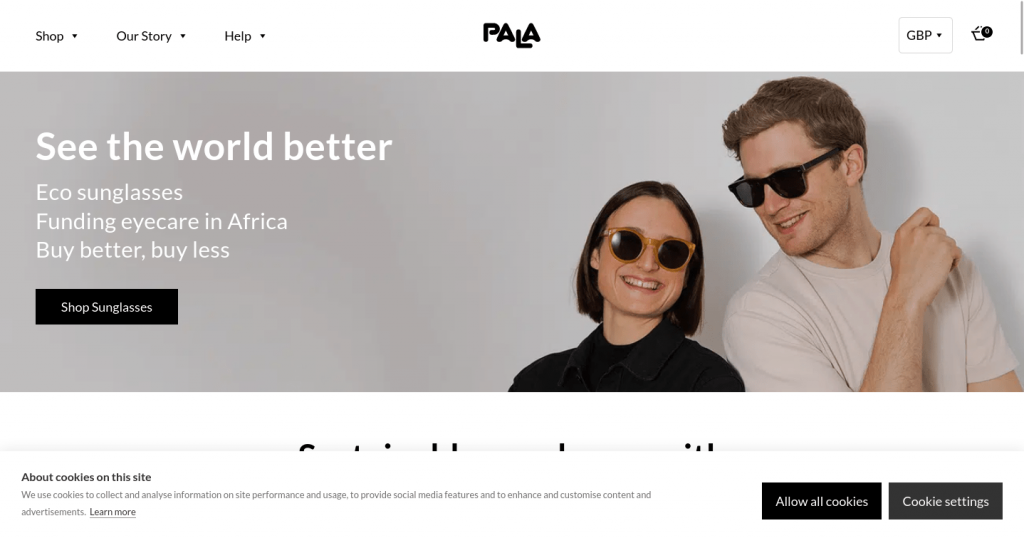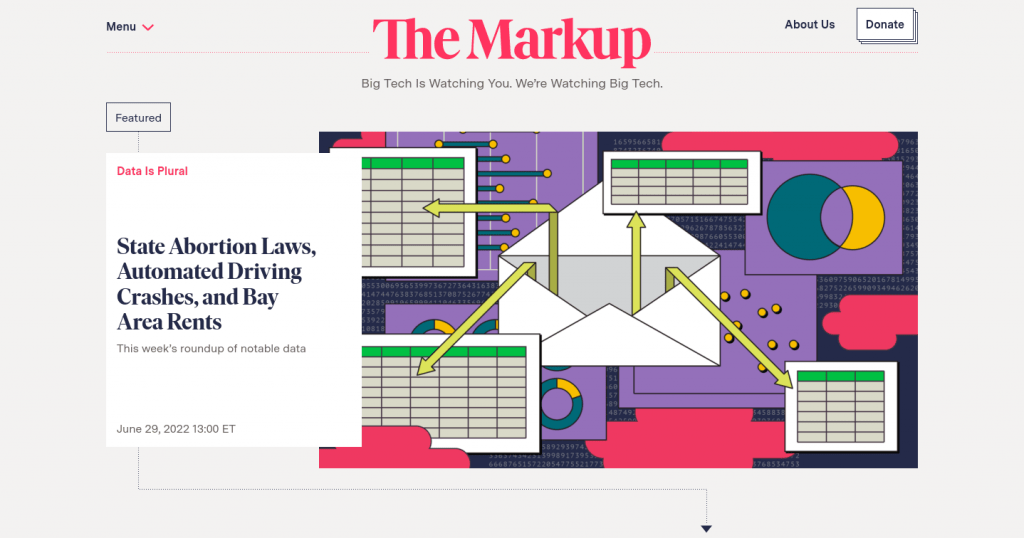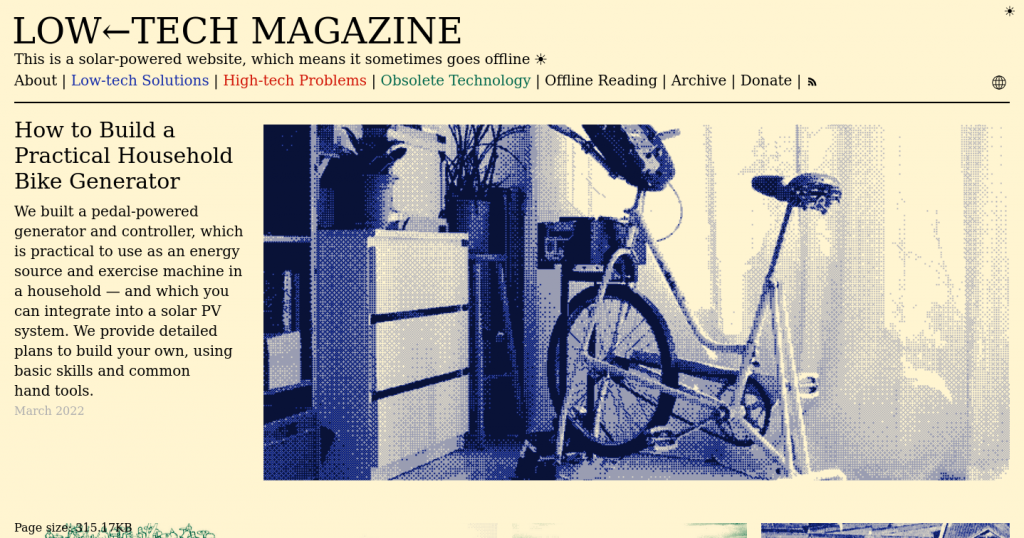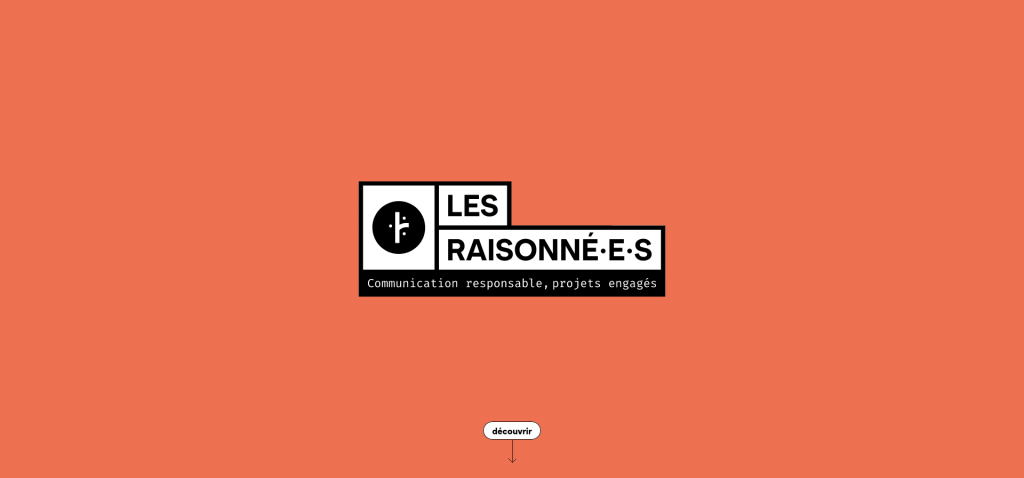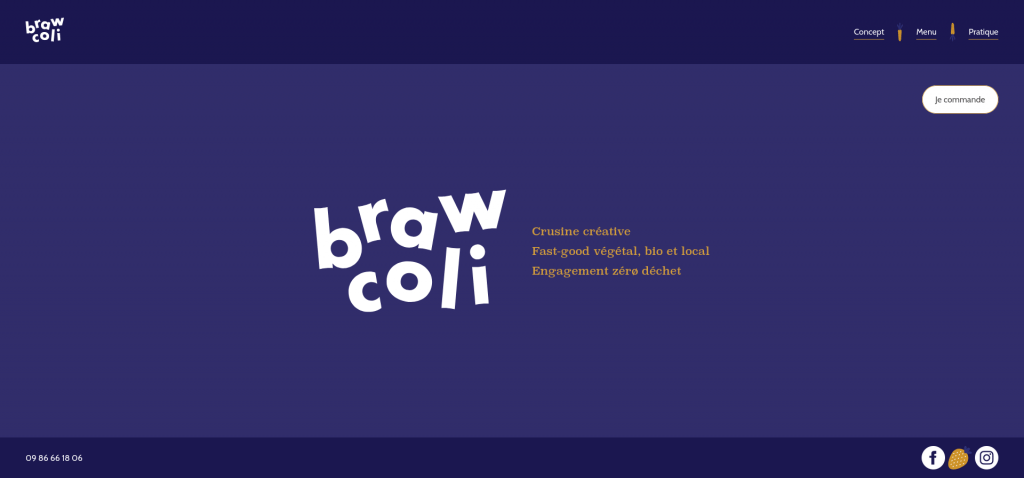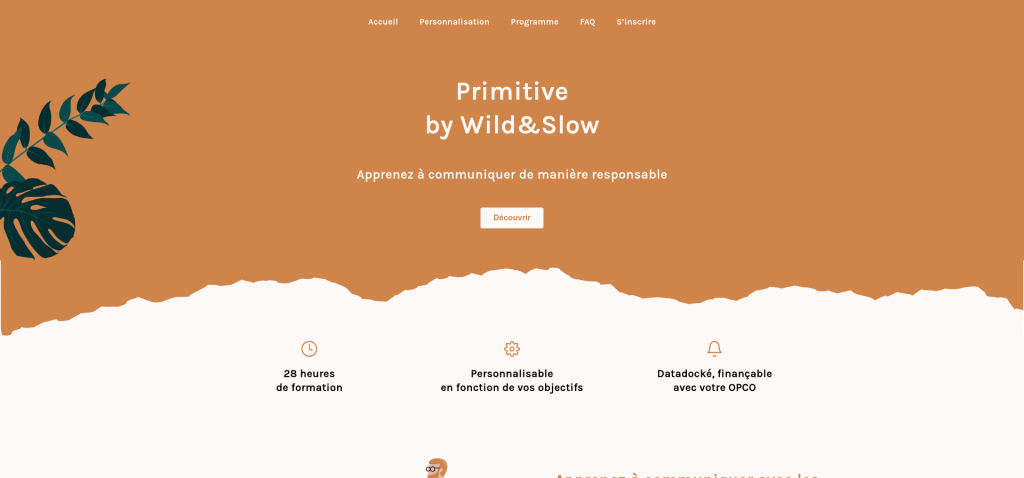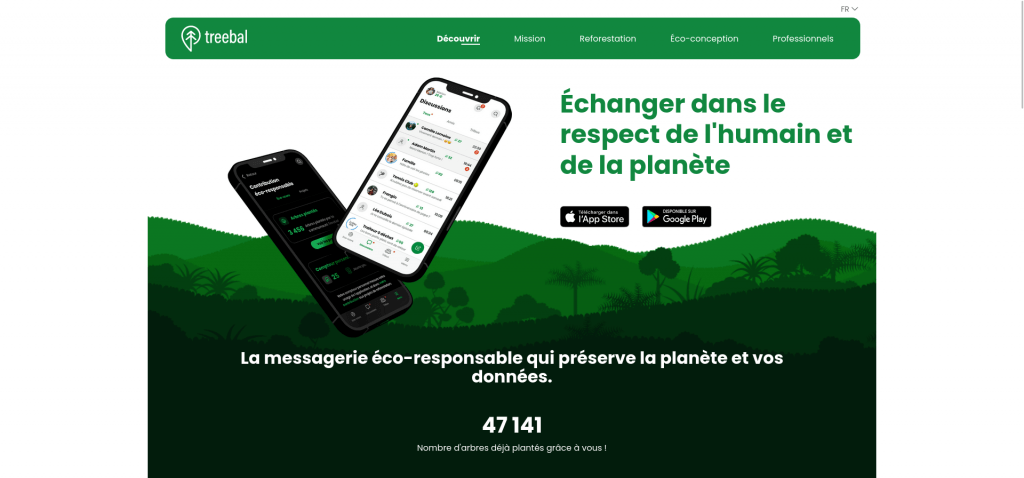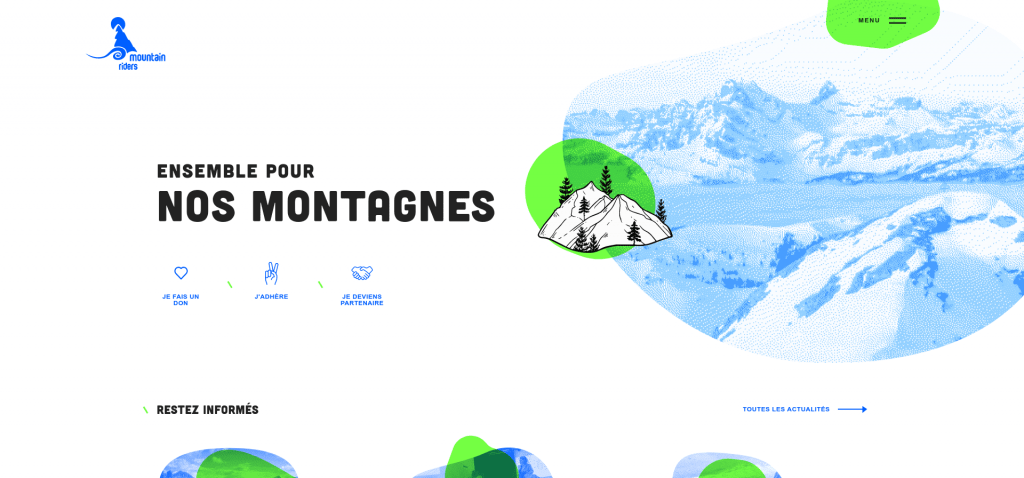Reading grid for environmental commitments of web hosting offers
After a first article where we based ourselves on the websites of the hosting companies to compare the hosting companies proposing “eco-responsible” offers, let’s take a closer look at the offers in question.
The choice of a web hosting service is often complex because of the many factors to be taken into account (security, availability, storage capacity, sovereignty, etc.). If you also want to choose an offer based on its environmental impact, the choice becomes even more complex.
The main objective of this article is to present some criteria to be taken into account when choosing a web hosting offer.
We first look at the existing good practice guidelines.
Once the list of environmental criteria has been established, we will go into more detail on each of the criteria in order to better understand them but also to have the right information to understand the available criteria or even discuss them directly with the hosts.
Indirectly, this reading grid can also be useful for accommodation providers who are concerned about their environmental impact.
Our objective here is to propose a simple reading grid, allowing anyone to understand what to base their choice of an “eco-responsible” host on. However, all this information will not necessarily be on the websites of the hosting companies. The easiest way is to contact these companies directly to get the missing data.
We obviously welcome feedback and constructive comments in order to improve this reading grid and to know how it is used.
Existing benchmarks
In order to better understand how the environmental impacts of accommodation offers are translated, we started by looking at what the existing standards suggest on this subject.
In order to choose an eco-responsible host, the 115 good web design practices propose the following items (see below for details of each):
- Management of WEEE (Waste Electrical and Electronic Equipment)
- PUE (Power Usage Effectiveness)/CUE (Carbon Usage Effectiveness)/WUE (Water Usage Effectiveness)
- Responsible purchasing policy
- Respect for the social dimension
- Low carbon energy supply
- Carbon offsetting
The RGESN (Référentiel général d’écoconception de services numériques) proposes a dozen good practices relating to hosting. Among other things, it deals with :
- European Code of Conduct for Energy Efficiency in Data Centres.
- Presence of an environmental impact reduction approach (supporting indicators)
- PUE/CUE/WUE
- Equipment management
- Use of renewable energy
- Fatal heat
- Location of servers
- Good data management practices
Note: most of these criteria can be found in those selected for this comparison, with the exception of those relating to the location of servers (mentioned in the social commitments) or to data management (which depend on usage, in particular according to the criticality of the service and the data).
As usual, the GR491 (Reference Guide to Responsible Digital Service Design) offers many recommendations on the subject. If we stick to the essentials, we find :
- Waste management
- PUE
- Sizing of the physical fleet
- End of life of equipment
- Indicators on the software used
In addition, DINUM (Direction Interministérielle du Numérique) offers a practical guide to responsible digital purchasing, with in particular a sheet on IT infrastructure equipment and hosting services (and hosted solutions). The AGIT (Alliance GreenIT), for its part, updated a white paper in March 2023 on the control and optimisation of the environmental impact of a data centre.
By cross-referencing all these elements, we have drawn up a list of criteria to be checked, which is intended to be complete but not exhaustive.
Note 1: Currently, a working group within W3C is building a set of guidelines for website sustainability. One of the areas of work concerns hosting and infrastructure.
Note 2: In January 2023, the ADEME (Agence de l’Environnement et de la Maîtrise de l’Énergie) published a methodological reference framework for the environmental assessment of hosting and cloud services. This document defines the information to be gathered and displayed. At the time of publication of this article, the companies concerned have not adopted it, but it is hoped that this will be the case in the near future.
Reading grid for the environmental commitments of accommodation providers
Let us now look at what constitutes the reading grid in question.
The criteria used
On the basis of the benchmarks seen above and in order to better evaluate the accommodation offers, the choice was made to base ourselves on several criteria (which we will detail below):
- WEEE Management
- PUE
- WUE
- CUE
- Purchasing policy
- Social commitments
- Management of the heat produced
- Renewable energy supply
- Carbon offsetting
- ISO standards, labels, certificates
Description of the criteria
Management of WEEE (Waste Electrical and Electronic Equipment)
How electronic and electrical waste is dealt with. To date, most of this waste is trafficked (What is the status of recycling?).
WEEE management is about extending the life of electronic equipment through recycling or upcycling and reuse. For example, servers used for hosting can sometimes be reused in other contexts.
PUE
The PUE (Power Usage Effectiveness) represents the proportion of energy used to power IT equipment (servers, storage and network) in relation to the total electricity consumed (for cooling, UPS, etc.). It is always greater than 1 and should be as close to 1 as possible. It is estimated that the oldest data centres have a PUE of around 2, whereas the most efficient ones are more like 1.1.
Many structures advertise very low PUE. Here again, it would be important to see how this is calculated. See the Scaleway website: https://www.scaleway.com/fr/leadership-environnemental/
WUE
Following a similar reasoning as for the PUE, the WUE (Water Usage Effectiveness) evaluates the efficient use of water, especially for cooling equipment, by comparing it to the amount of electricity used for the equipment. Indeed, the amount of water used by hosts is very high, which increases the risk of water stress.
The aim is to get as close as possible to zero water consumption per kWh.
Few organisations today report CUE or WUE. However, this type of information is an essential complement to the PUE in order to ensure, for example, that a low PUE is not explained by higher water use.
CUE
Carbon Usage Effectiveness (CUE) compares the amount of greenhouse gas emissions to the amount of electricity used. In order to improve it, technologies with lower CO2 emissions should be selected (which may be the case when a generator is used to produce the electricity rather than using the electricity grid directly). The objective may be to have a UEC of less than 0.1 kg of CO2.
Purchasing policy
The manufacture of equipment remains the most impactful stage in its life cycle, notably because of the many resources (including metals and rare earths) required. The purchasing policy is therefore an essential element in limiting the environmental impact of a hosting company, even if the manufacture of data centre equipment has less impact than its electricity consumption. Thus, some opt for reconditioned equipment or manufacture their own equipment and all must keep in mind the efficiency and durability of the equipment purchased.
Social commitments
It is impossible to make it an objective and directly measurable criterion. However, this category includes what some companies do to reduce the impact of their activity or to contribute to society, which is an essential component of responsible digital. Global elements such as a CSR plan or the Lucie label can testify to this. It may also be interesting to consider the location of buildings as well as local actions, choice of service providers, etc.
Gestion de la chaleur produite
Due to its activity and the demand on its equipment, a hosting company can produce a lot of heat. In order to keep the equipment in working order, it is necessary to cool it down, most often by using electricity via air conditioning for example (hence the notion of PUE seen above) or water. When released directly, this heat can have a negative impact on the environment (sometimes referred to as waste heat or energy). Some accommodation providers therefore use it to heat neighbouring buildings. This can be measured by the Energy Reuse Factor (ERF).
Renewable energy supply
Data centres are often criticised for their electricity consumption. While the priority is to ensure that as little electricity as possible is used, it is important to rely on renewable energy as much as possible to limit the environmental impact. This can be measured by the Renewable Energy Factor (REF).
Most hosting companies are focusing on renewable energy. We have based our analysis on the companies’ statements on the proportion of renewable energy used. By way of comparison, the Green Software Foundation’s approach to this (for their Green Hosting Directory which is mentioned by several of the organisations compared here) is rather simple. They distinguish between but take into account organisations that :
- Use only renewable energy
- Invest in renewable energy to offset their own use of non-renewable energy
- Use carbon offsetting
This choice may be debatable (particularly with regard to the inclusion of carbon offsetting). It is up to each individual to see what he or she deems necessary (in terms of procedures and evidence).
It is also important to distinguish between decarbonised energy (e.g. nuclear) and renewable energy.
Finally, claims of “100% renewable energy” can be misleading. It is therefore up to each individual to find out more directly from the companies.
Carbon offsetting
Carbon offsetting is the final step in the process of reducing environmental impacts. It should only be used when emissions have first been reduced as much as possible through sobriety and efficiency. Moreover, the effectiveness of some carbon offsetting solutions is regularly questioned. As there are several ways of offsetting, it is advisable to approach companies to find out more about the precise nature of their approach. In accordance with the recommendations of ADEME and EcoInfo, the notion of carbon neutrality should be approached with caution and avoided as much as possible.
ISO standards, labels, certificates
We look at a number of elements as a matter of priority. These include ISO50001 (energy management), ISO27001 (information security) and ISO14001 (environmental management). In addition to this, we sometimes find the HDS (Health Data Hosting, which includes ISO27001 and ISO50001 among other standards). Finally, the Code of Conduct on Data Centre Energy Efficiency includes many good practices. Greenethiquette is sometimes mentioned, but has disappeared in favour of more detailed standards (such as the European Code of Conduct).
Conclusion
The notion of an eco-responsible host has been around for several years (notably via the Greenethiquette), but the precise criteria are still under consideration (not to mention what one is entitled to expect from it). Even if some companies are very transparent on their websites (notably via dedicated pages), this cannot replace a more in-depth discussion, both to find out about missing criteria and to better understand the actions already taken. It is therefore to be hoped that hosting companies will move towards concrete criteria to demonstrate their environmental impacts and communicate them in a transparent manner.
For the time being, it is to be hoped that this reading grid will be useful for those who wish to move towards more environmentally friendly accommodation offers, but also so that everyone can be in a position to push companies towards more virtuous actions.

After working for more than 15 years in web development, Laurent Devernay became a technical consultant in responsible digital technology at Greenspector. When he is not coaching organizations on the eco-design of their digital services, he teaches courses on digital sobriety technologies.

